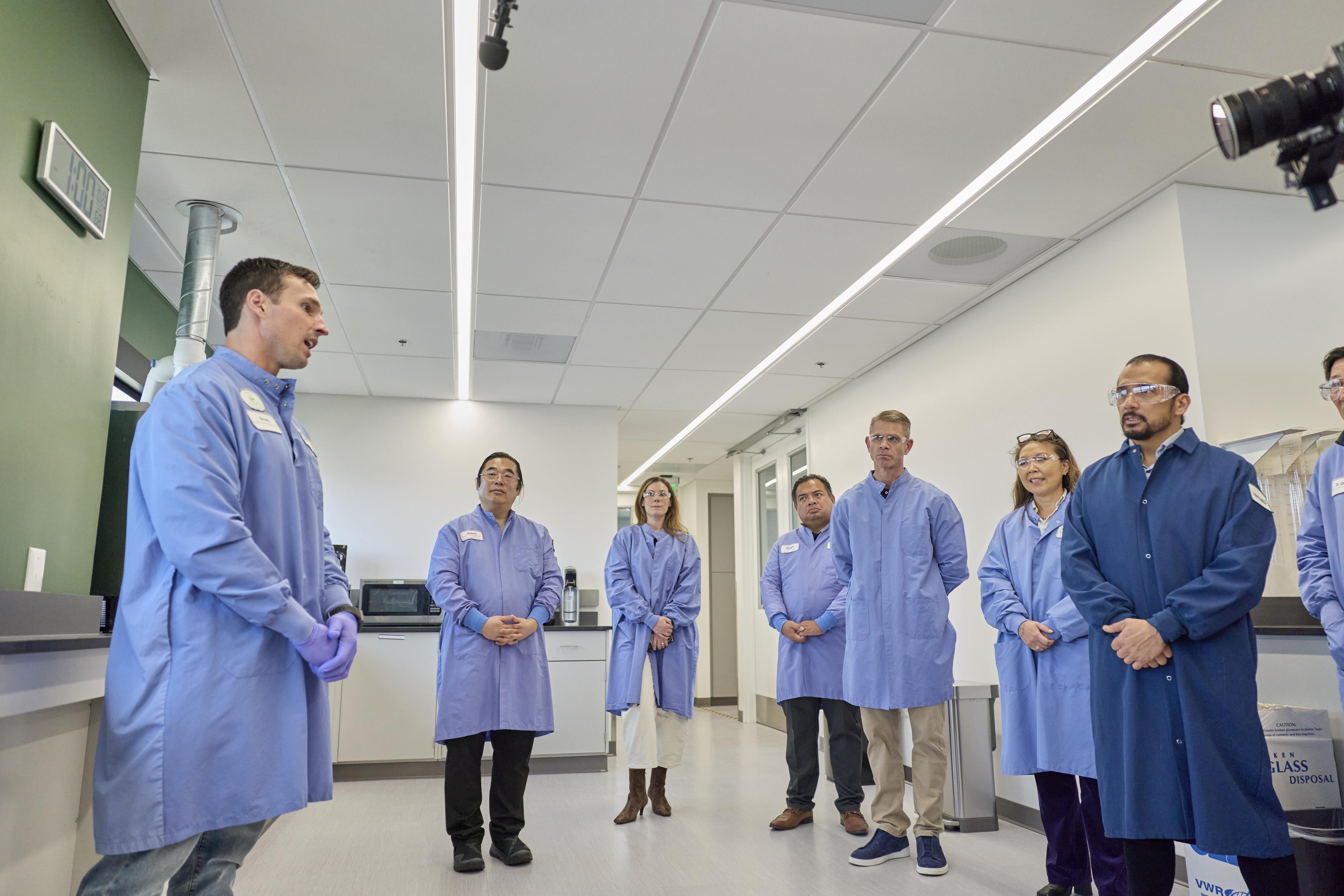The new space is expected to speed up product innovation, deepen in-house testing capabilities and strengthen the company’s Seed to Feed quality program.
Bringing more science in-house
The facility is equipped with a broad range of testing platforms, including High-Performance Liquid Chromatography (HPLC), Gas Chromatography (GC) and Liquid Chromatography–Tandem Mass Spectrometry (LC-MS/MS). It also features Inductively Coupled Plasma Mass Spectrometry (ICP-MS) and DNA-based testing methods to support ingredient verification.
“These technologies enable Herbalife to thoroughly verify ingredient identity, assess purity and potency, guard against contamination and uphold the highest standards of product integrity,” Herbalife shared in a company press release.
Haeri Roh-Schmidt, PhD, vice president of product innovation, explained that the new site builds on core tools the company has used for years but offers them at a much larger scale.
“What is new is the scale, integration and depth of the technology now available at the Torrance Center,” she said, noting that consolidating testing and development under one roof means faster results and better coordination.
“This expansion enhances our ability to conduct more of our analytical work internally, reduces turnaround time for testing and further strengthens the scientific foundation behind every Herbalife product.”
Faster and faster
Previously, some steps in the company’s development process took place at different locations. Bringing teams into a single facility enables more hands-on collaboration among scientists working on formulations, prototypes and testing.
“Our scientists can characterize ingredients, design prototypes and conduct sensory evaluations at the same time, [and] integration not only shortens the innovation cycle but also broadens our ability to explore new ingredients, product formats, and delivery systems,” Roh-Schmidt said.
The Center was designed with these kinds of workflows in mind, allowing projects to move more efficiently from idea to finished product.
Herbalife has historically managed R&D and quality systems internally, while occasionally working with external partners for specific needs. That will not disappear entirely, but the new lab reduces the company’s reliance on third-party services.
“At times, we have partnered with specialized external laboratories to complement our internal work or to meet specific regional requirements; however, all that activity has always been guided by Herbalife’s rigorous scientific standards and quality management systems,” Roh-Schmidt said.
She called the center a “natural next step” in the company’s effort to expand its in-house scientific infrastructure.
Part of a broader growth strategy
“What excites me most is the team,” Roh-Schmidt said. The Torrance facility now houses more than 40 scientists and specialists with expertise in organic chemistry, food science, microbiology, molecular biology and sensory evaluation.
According to the company’s press release, the Center is also “recognized with the highest Green Level certification from My Green Lab,” a mark of sustainable lab design and operations.
“The Center of Excellence is a strategic investment in Herbalife’s future,” Roh-Schmidt added. “It strengthens our research and development capabilities, enhances operational efficiency and reinforces our Seed to Feed quality system.”





